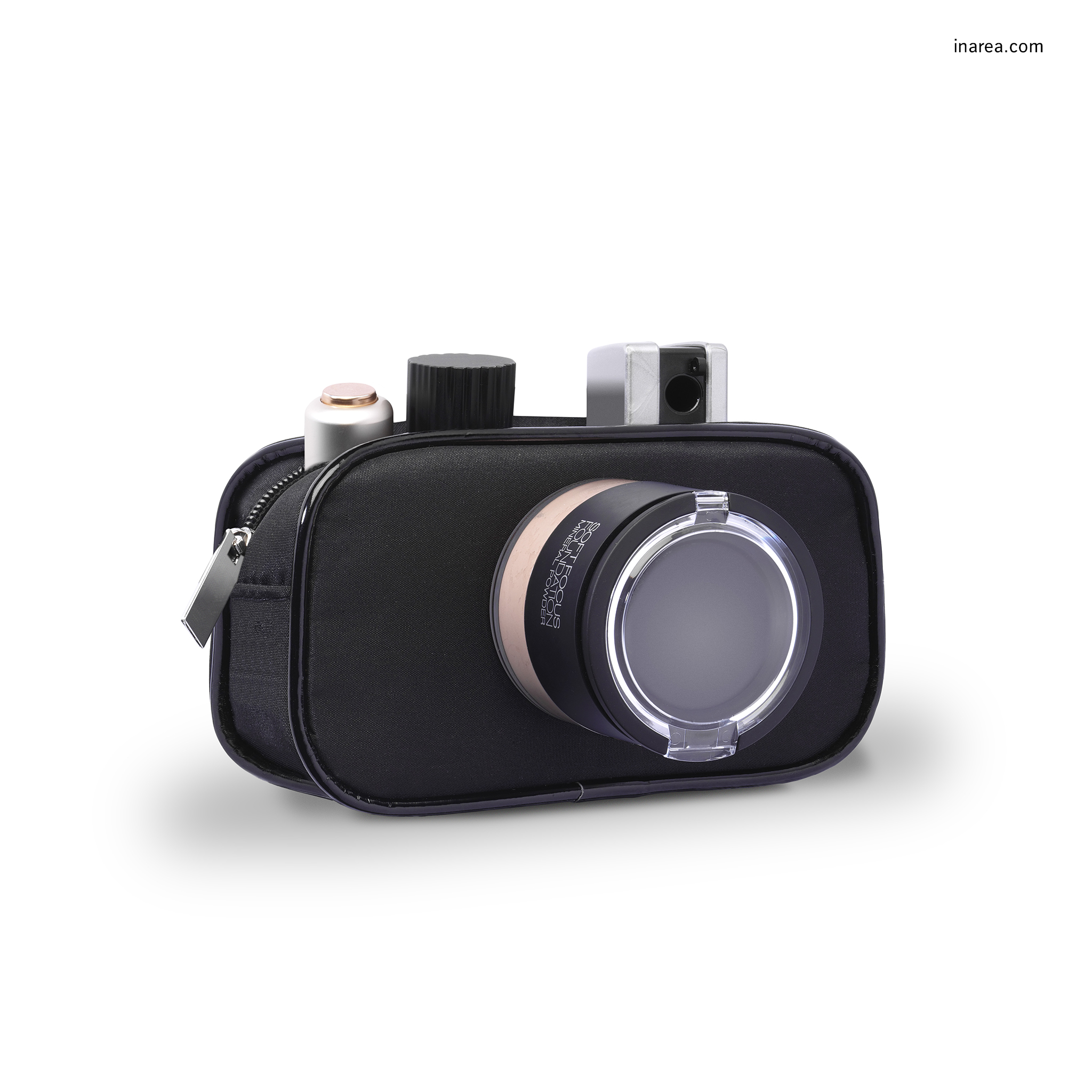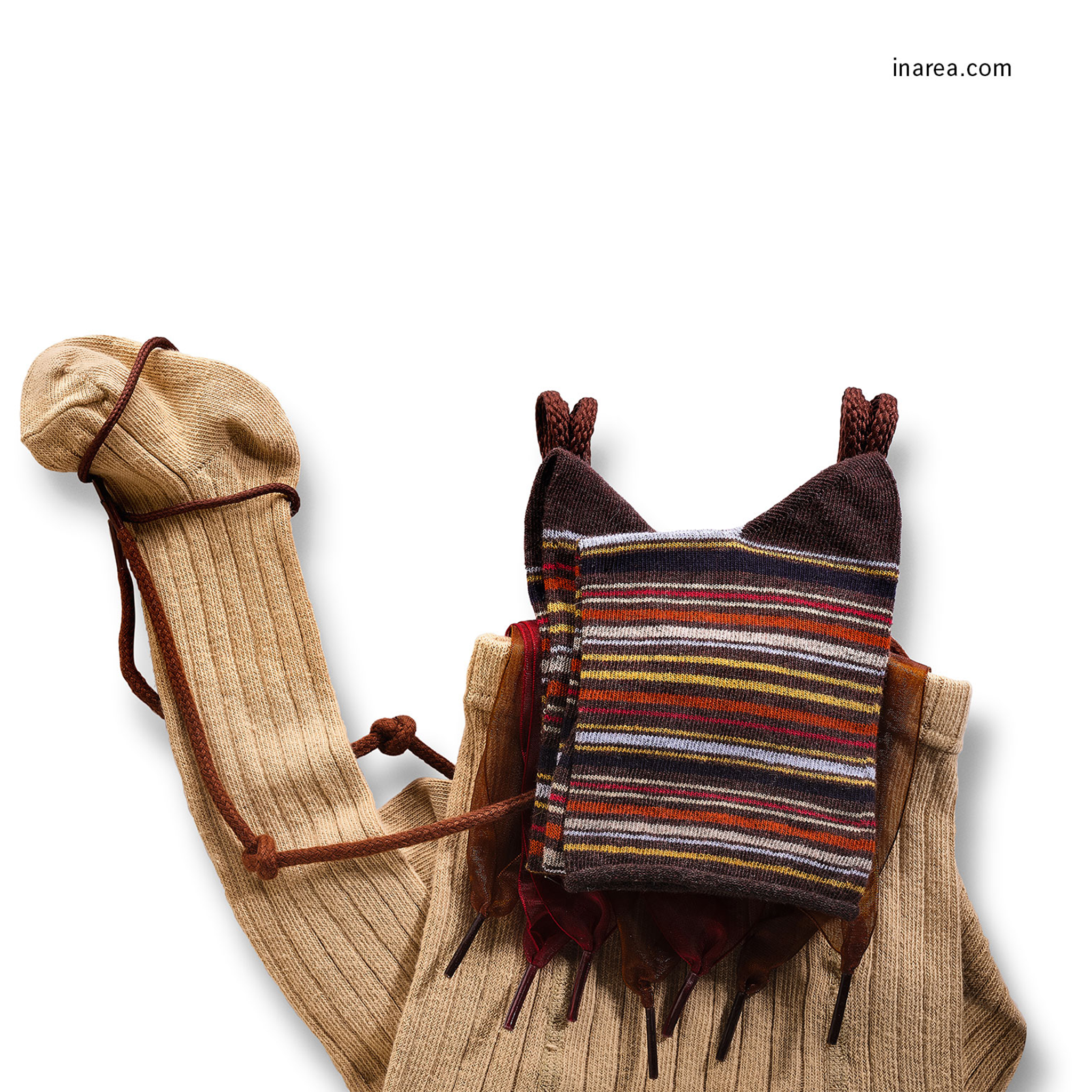Portraits through the ages
In The Crown, Season 1, we see a very young Queen Elizabeth II receiving a meaningful lesson from her grandmother Queen Mary; her task as head of state is to do nothing and be impartial at all times. The monarch’s duty is to inspire unshakeable certainties: the less she does, the better. That is what is expected of her. Yet some of the most brilliant women in British history have been trailblazers, leaving their mark on the world by spearheading a new age capable of obscuring whatever was there before. Starting with Boadicea (“the victorious”), the queen who led an uprising against the Romans in 60 A.D., or Elizabeth I, who many considered illegitimate, both with regard to her birth, gender and religion. The Elizabethan period was a shining “Golden Age”, a turning-point, nothing would ever be the same afterwards. The Virgin Queen’s portraits testify to her unshakeable self-assurance in fulfilling the role she had carved out for herself. It has been announced that new photographic portraits of the probable future Queen, H.R.H. the Duchess of Cambridge, on the occasion of her 40th birthday will be on display in the National Portrait Gallery. Kate Middleton can be compared to Angelica in Italian novel Il Gattopardo (“The Leopard”): a woman who comes with good looks, a dowry and is at ease in society. On 6 February Elizabeth II will be celebrating the 70th anniversary of her accession to the throne and Kate is, perhaps, her ideal successor because she is both beautiful and cautious. That’s why Paolo Roversi’s photo seems to us a convincing portrait of her at this time. Our birthday wishes to Kate are to make a clean break with the past: may her future be as bold as the brushstroke of her eyeliner. Name Day St Felix of Nola


